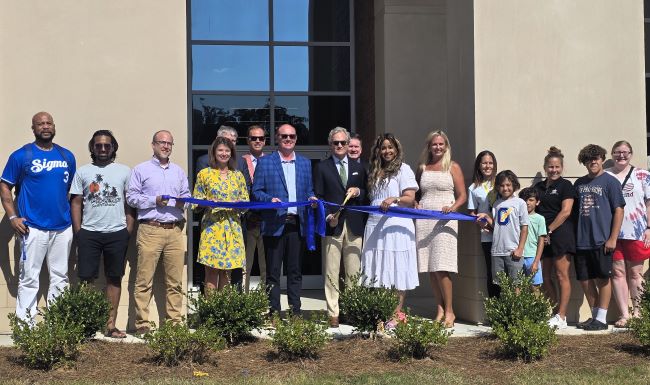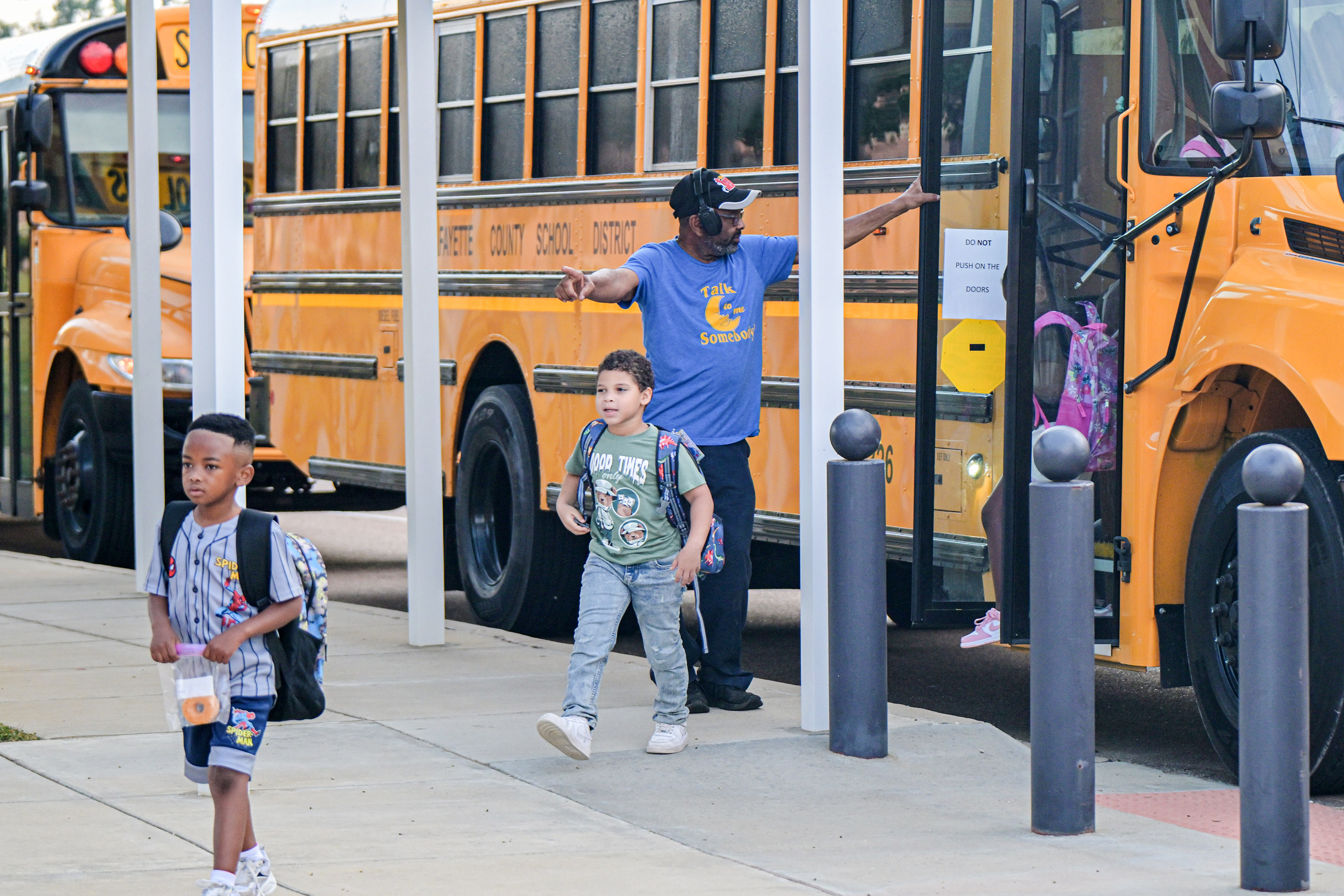How much has Oxford changed?
Published 6:00 am Sunday, July 3, 2016
The question is the same, no matter whom I have run into my first week back home.
Can you believe how much Oxford has changed since you left (in 2003)?
But as longtime friend Jim Dees told me this week, “Oxford has changed a lot in some ways, and in others it hasn’t changed at all.”
Trending
Precisely, I said.
The building boom and migration of new residents and second homeowners is the most obvious change, and the one that keeps everybody talking. But, while it feels drastic in Oxford this is no rare phenomenon.
Cheap money, thanks to the U.S. Fed, and expanding wealth to the upper middle class after the financial crisis, has fueled a housing boom here and in other parts of the country. Pockets of Nashville — the Gulch is a good example — are barely recognizable for what they were a decade ago.
And, living in New York five years ago I watched the Tribeca renaissance underway, and all anybody could talk about was who paid what for what and the locals were all dismayed that so many outsiders found their quiet neighborhood so desirable.
The old-timer Tribeca residents wanted to Donald Trump the Upper West Side, stopping all those baby-birthing yuppies from slipping in and gumming up a good thing for them.
So another friend I saw this week (not Jim) wasn’t joking — even though he demanded he was — when he cracked one about “agreeing with Donald Trump.”
Trending
“Let’s build some walls,” he said, “as long as we can build one on Interstate 55, to stop everybody from North Jackson from immigrating north toward (our) home.”
He’s fond of most Jacksonians, of course, and merely hurled a well-used punch to make the point that one way Oxford has changed is that two distinct groups — Oxford’s growing full-time population and Oxford’s burgeoning part-time population — now comprise this population along with university students.
Years ago, it was mostly full-time residents and students, with an occasional visit from parents who could barely find a motel room much less a second or third home to buy.
Each segment, by the way, helps make Oxford what it is — a very special place.
We have more housing, yes, but the food scene is growing in accord. We even have a Cowboy Maloney’s now, when years before finding electronics in town was down to one option.
But Oxford is also the same, Jim suggests.
Right, I tell him.
I showed up for church and the first warm faces I see are John Morgan, E.O. Oliver and (retired pastor) Warren Black, and too many more to list.
When I had an electrical emergency someone said I needed to call a gent named Kim Thorne, whom I have known since elementary school. And in local banks so far I have encountered long-time locals and friends Johnny Barrett (First National Bank) and Jim McNeely (Mechanics), with many more visits around town to make.
It’s that way all over the city: the faces, the people who make this community tick are still here, making it tick. Some, like me, have weathered. Some are wiser. But they all make Oxford feel like a cozy living room couch that calls for one to settle on in.
In that way, Oxford hasn’t changed a bit.
“Ole Miss does beat Alabama in football now,” Jim says, reversing the field. “That’s another change.”
“That’s true,” I say, laughing. “And, that’s a good line. I may have to take that.”
“You can,” Jim says. “It’s yours.”
Wow, I think. What a good man. Jim Dees hasn’t changed a bit.
David Magee is Publisher of The Oxford EAGLE. He can be reached at david.magee@oxfordeagle.com.





